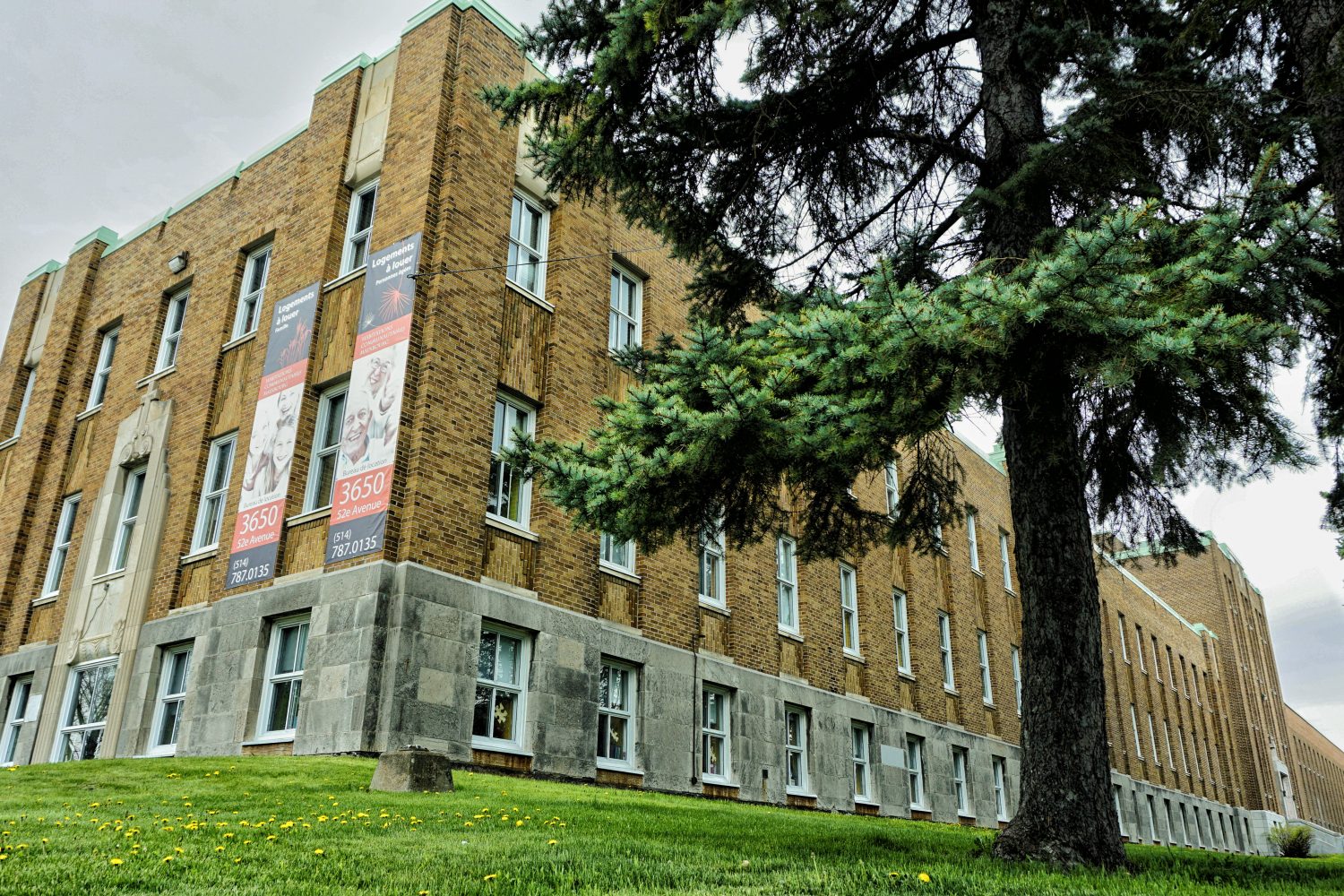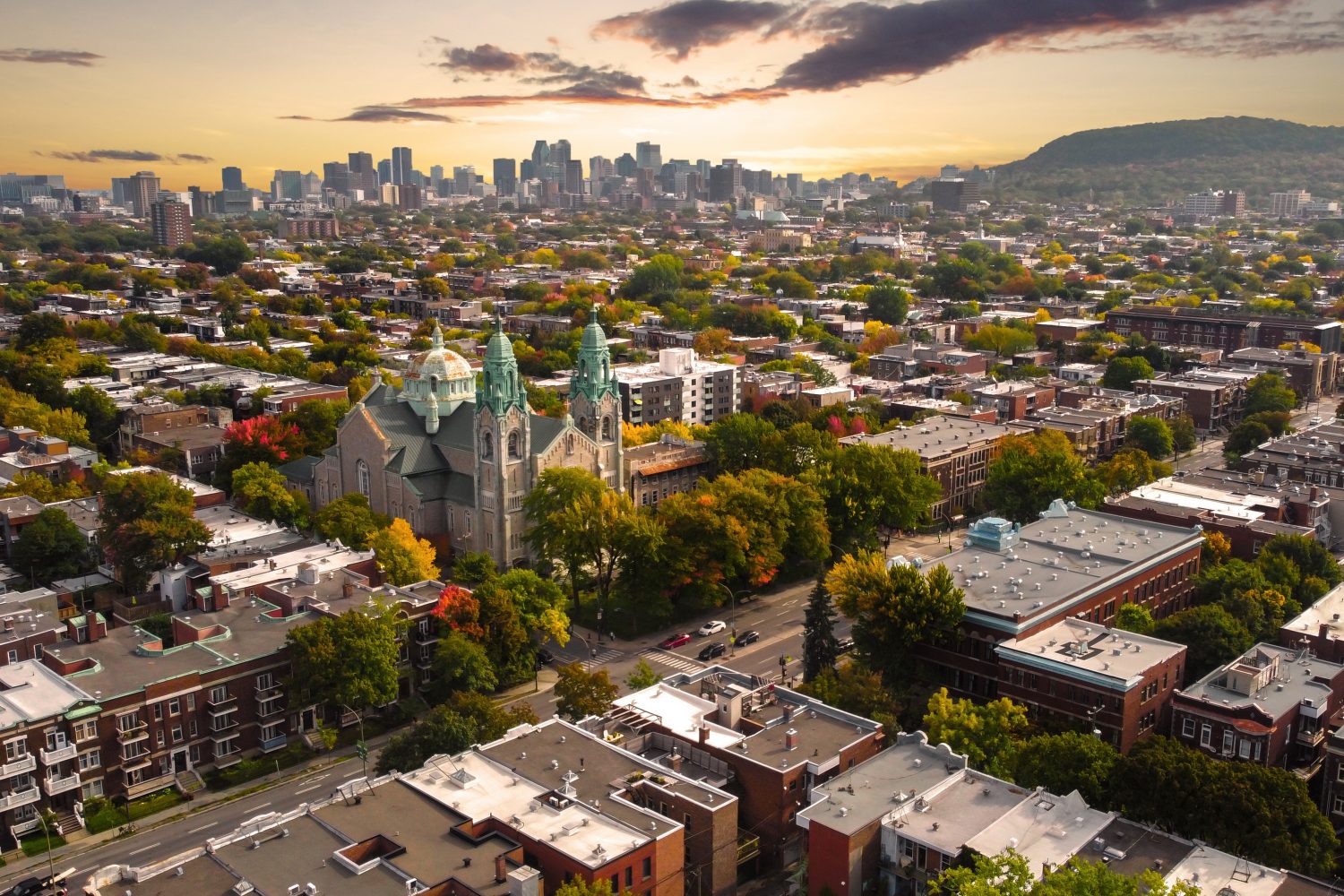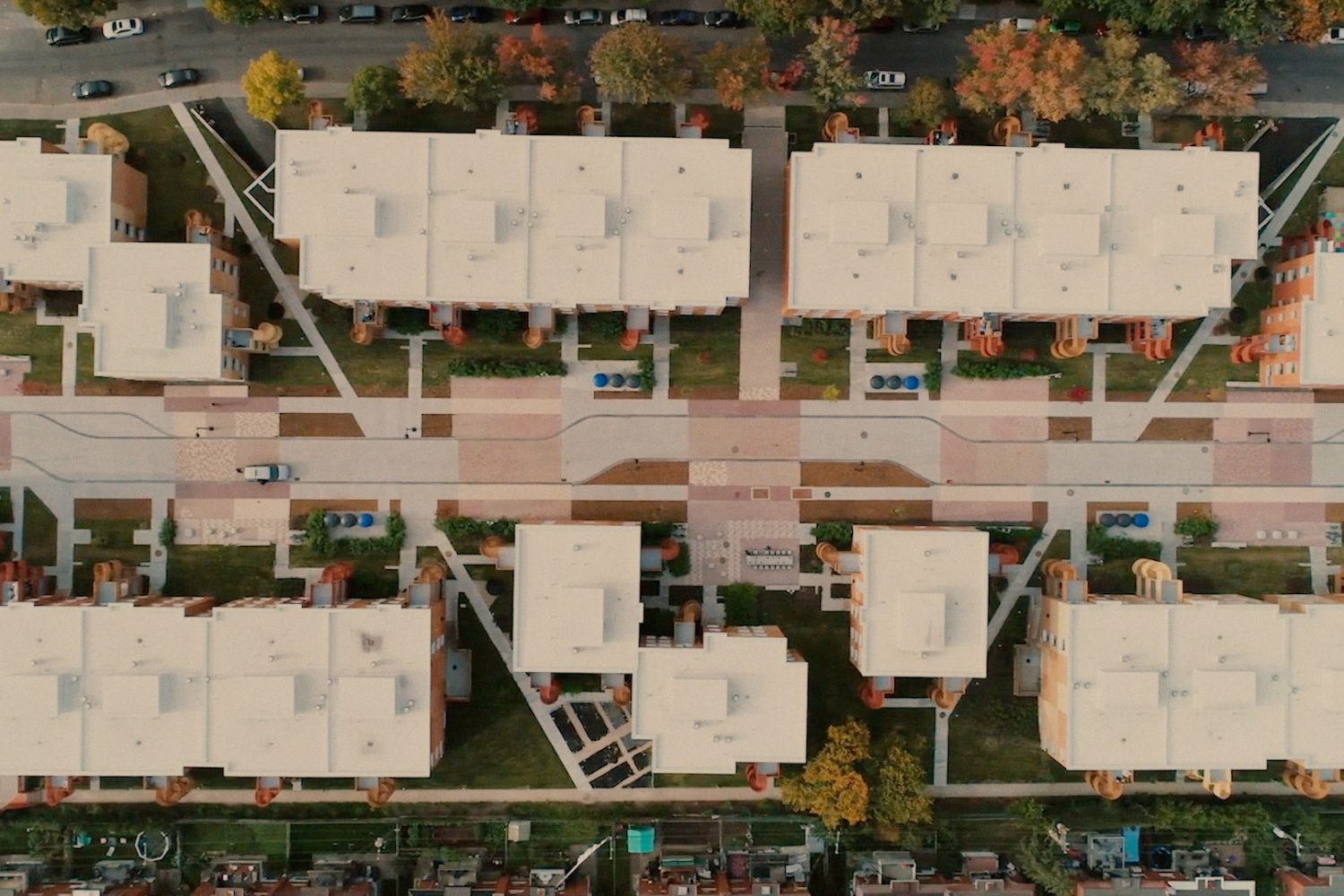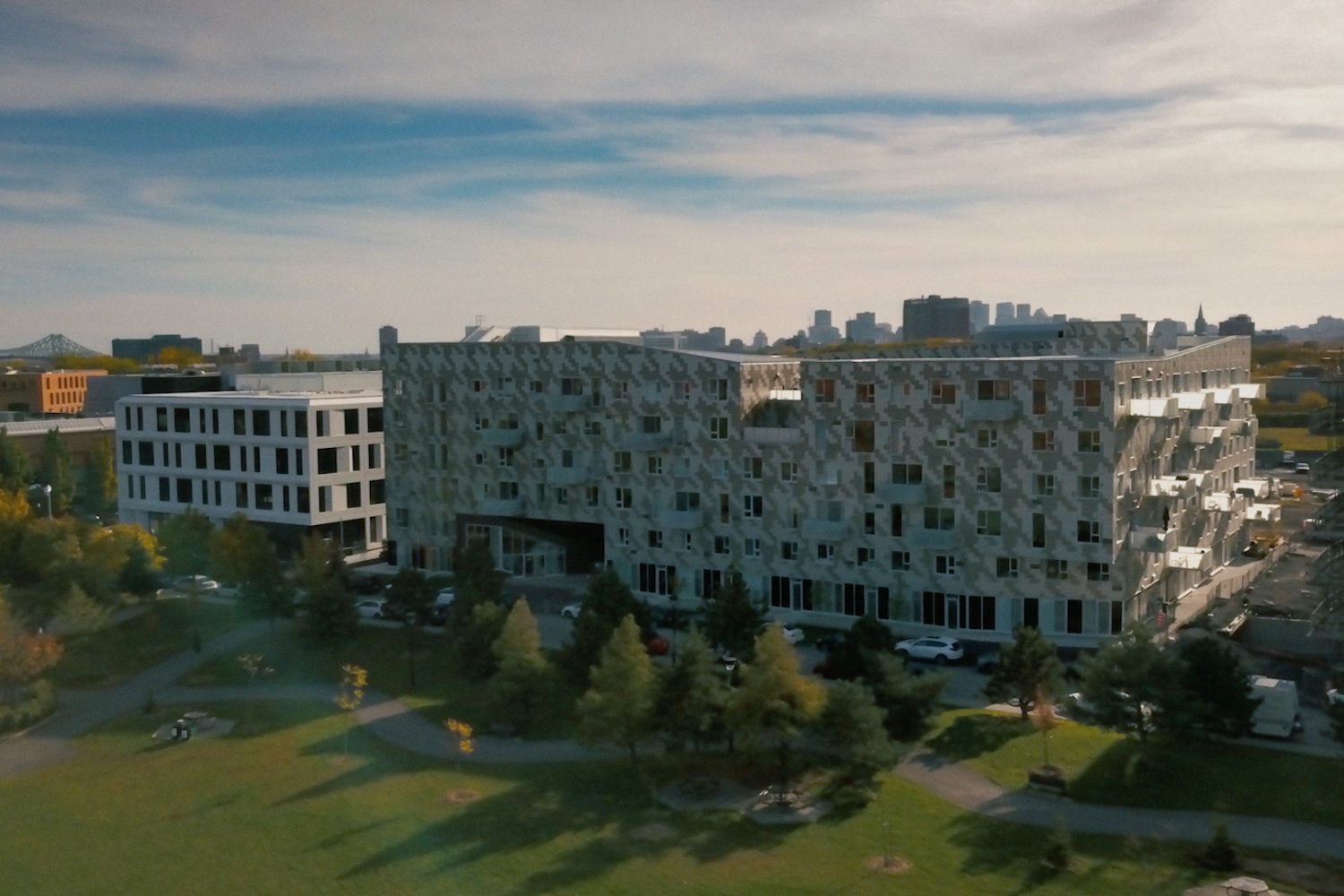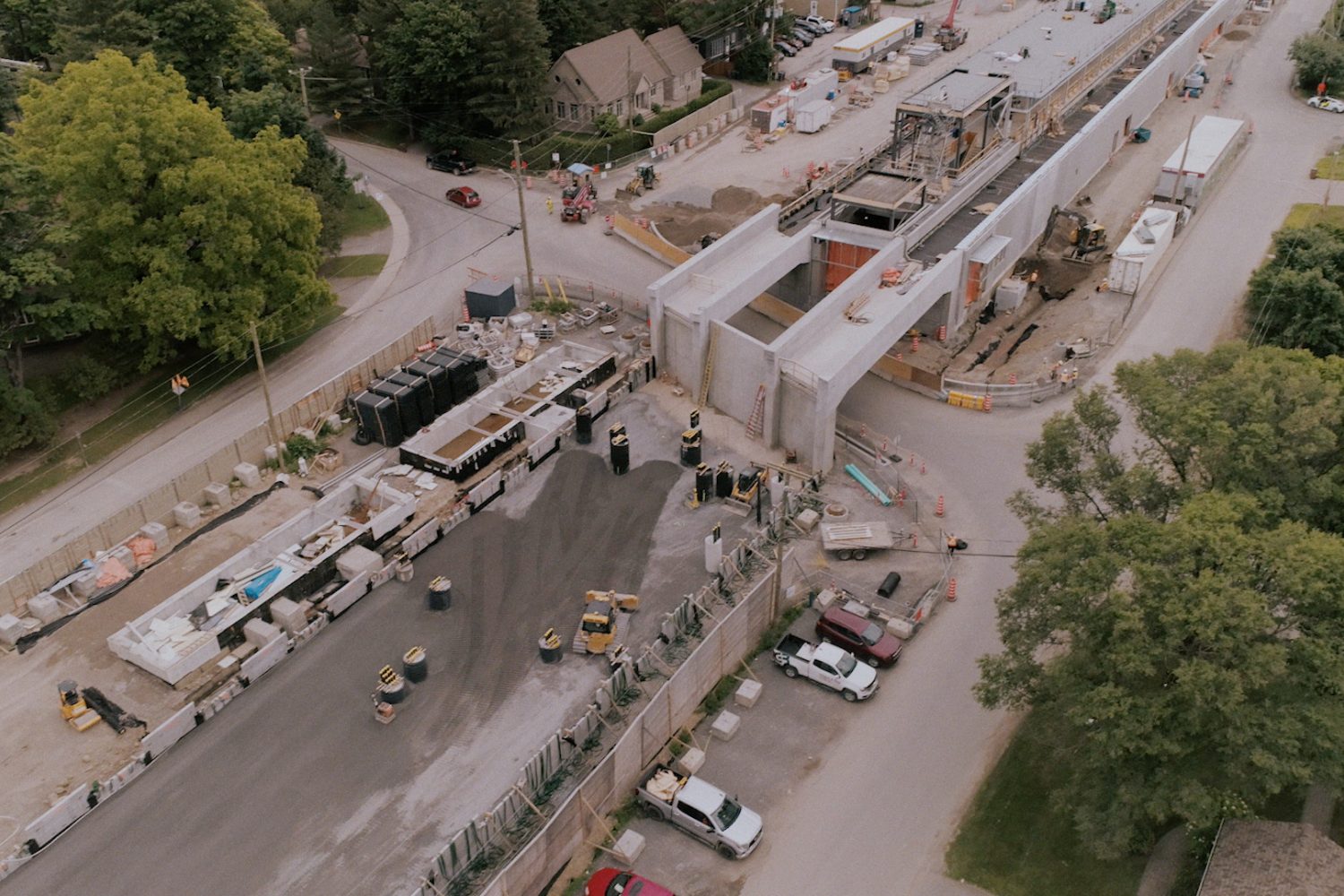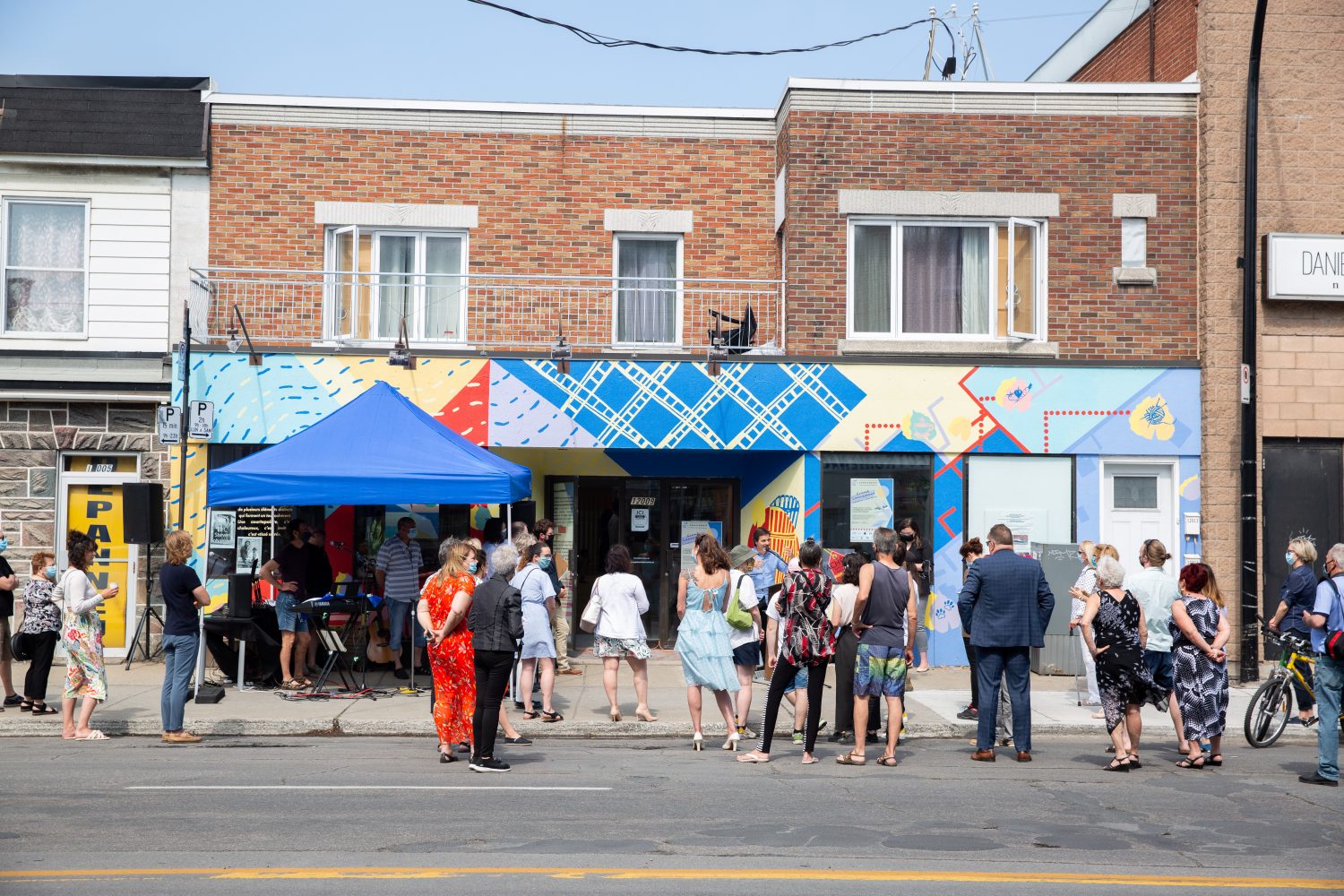
On a more pragmatic level, transient occupancy is about occupying an empty, untargeted area to develop a temporary project or for the development of a more permanent project.
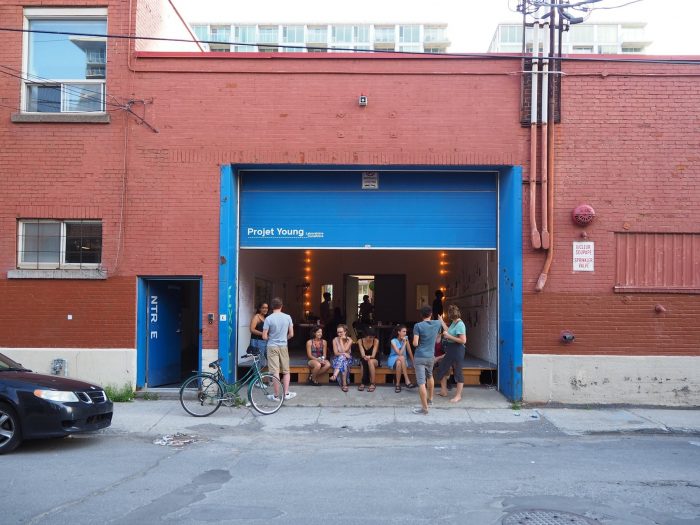
In the Relève en urbanisme podcast, Philemon Gravel, executive director and co-founder of Entremise, defines transient occupancy as a real estate development strategy that supports conventional real estate development and builds on what is already there. Using an existing building, which is awaiting revitalization, we can see what can be done with it in the short term, according to the owners’ objectives, the surrounding area and also what can be done to secure the building with minimal work.
To listen to the Transient Real Estate Occupancy episode from Relève en urbanisme, check out our Top 5 podcasts article
Entremise is the organization of reference for transient occupancy in Montréal. Their mission is to “bring people without their own space to empty spaces with no people.” They work and have worked on various transient and temporary occupancy projects, such as the site of the Religious Hospitallers of St. Joseph at the corner of Des Pins and Parc, the Espace Ville Autrement or the short-lived Young pilot project.
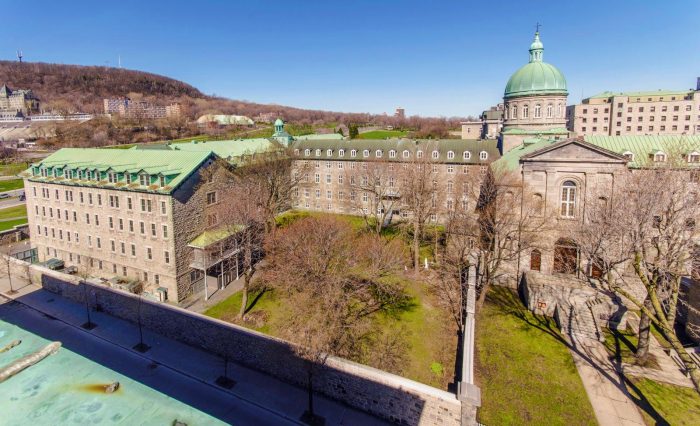
Although this practice is highly developed internationally, it has only just begun in Quebec. However, in recent years, there has been a genuine interest from government and private owners to explore other avenues and invest in these unoccupied or even forgotten areas.
The Société de développement Angus and Entremise have developed a transient occupancy project as part of the revitalization of Vieux-Pointe-aux-Trembles. Having purchased vacant buildings, the Société de développement Angus sought to revive the commercial artery in the heart of the village, abandoned by residents in favour of neighbouring commercial areas, while the revitalization project was being implemented. Courtepointe is a transient entrepreneurial, social and cultural hub made up of merchants and community and cultural organizations that opted to live in a community, to rely on their own synergy and the potential for mutualisation made possible through a collective transient occupancy project.
To learn more about the Courtepointe project (in French only): https://coeurduvillage.com/occupation-transitoire-trois-facteurs-de-reussite
Entremise outlined several key steps in establishing a transient occupancy project:
- Define the goals and project with the owner
- See if the area is safe and occupiable. Establish the technical and material conditions for occupancy, the minimum work required, the goal being to alter the area as little as possible and avoid incurring too many costs
- Issue a call for occupancy and get permits from the authorities (safety)
- Design the business model
- Select the occupants
- Co-construct and design the areas
- Take ownership of sites and co-manage them (shared responsibilities)
- Migrate to a permanent facility, a permanent project if possible.
The benefits of these projects are undeniable. Allowing small companies, communities, contractors and artists to test their ideas and develop their concepts and business models, they also help liven up a neighbourhood, giving it a second life. These initiatives may be temporary, but can also be long term, contributing to urban, economic and community real estate development.
Transient occupancy is meant to be a solution, a way of preserving the history of an area, livening up deserted neighbourhoods and chasing away the ghosts.


